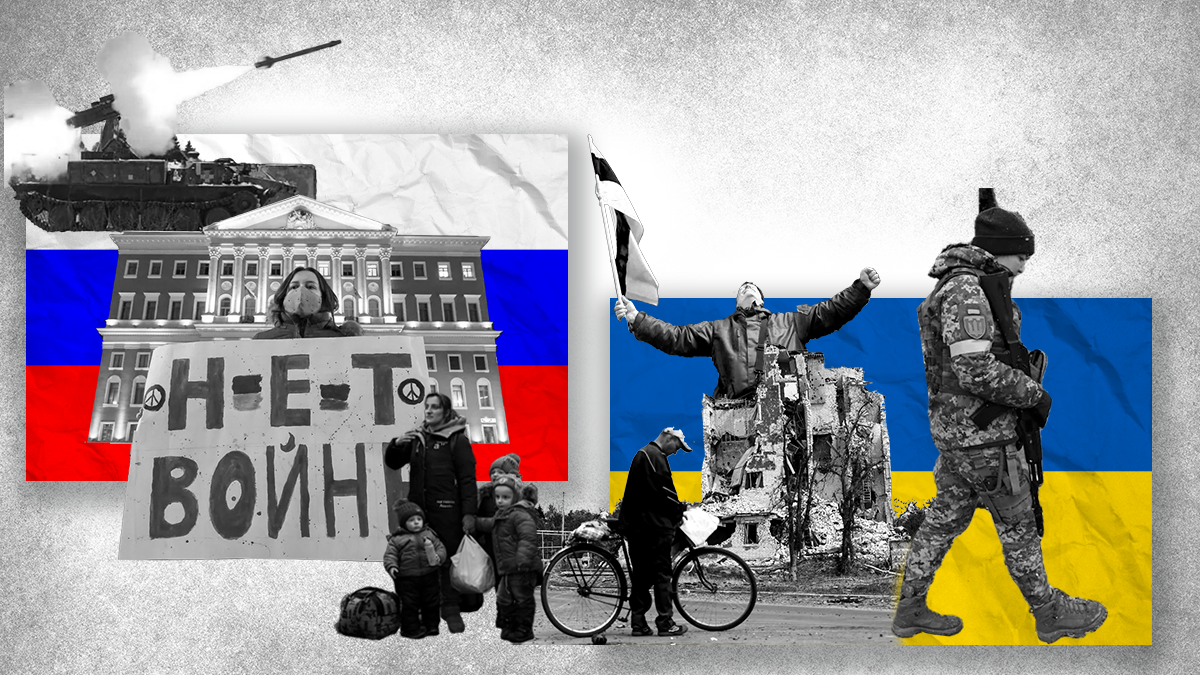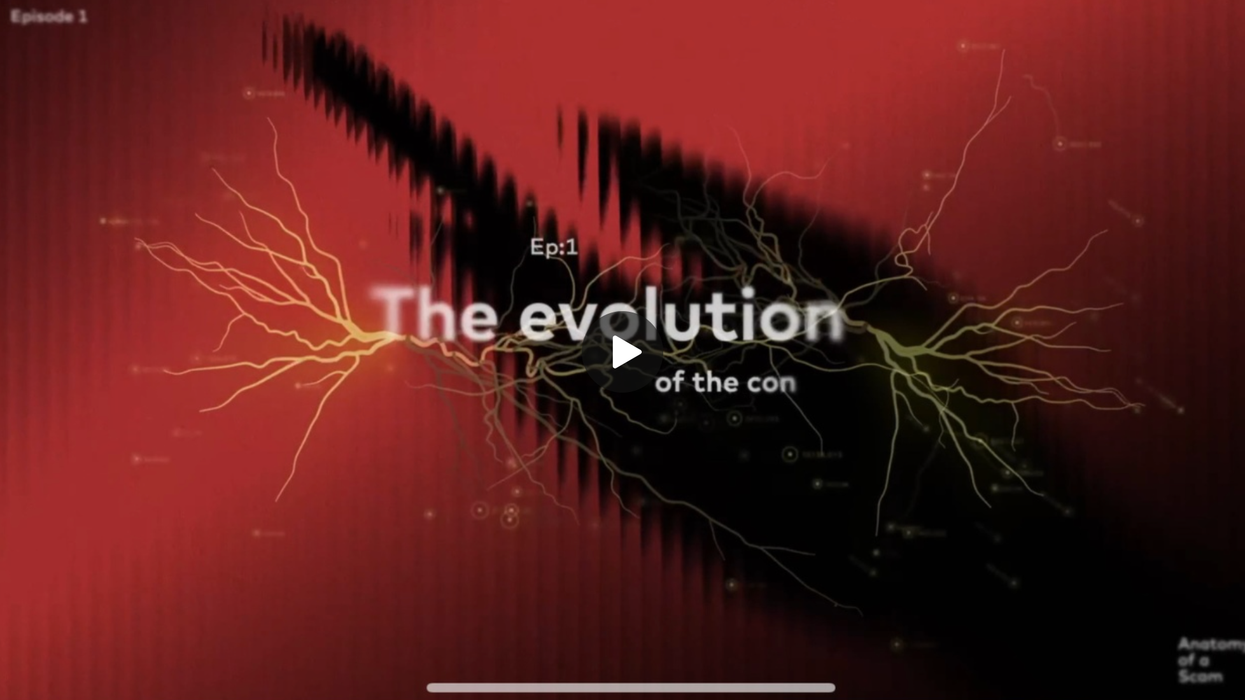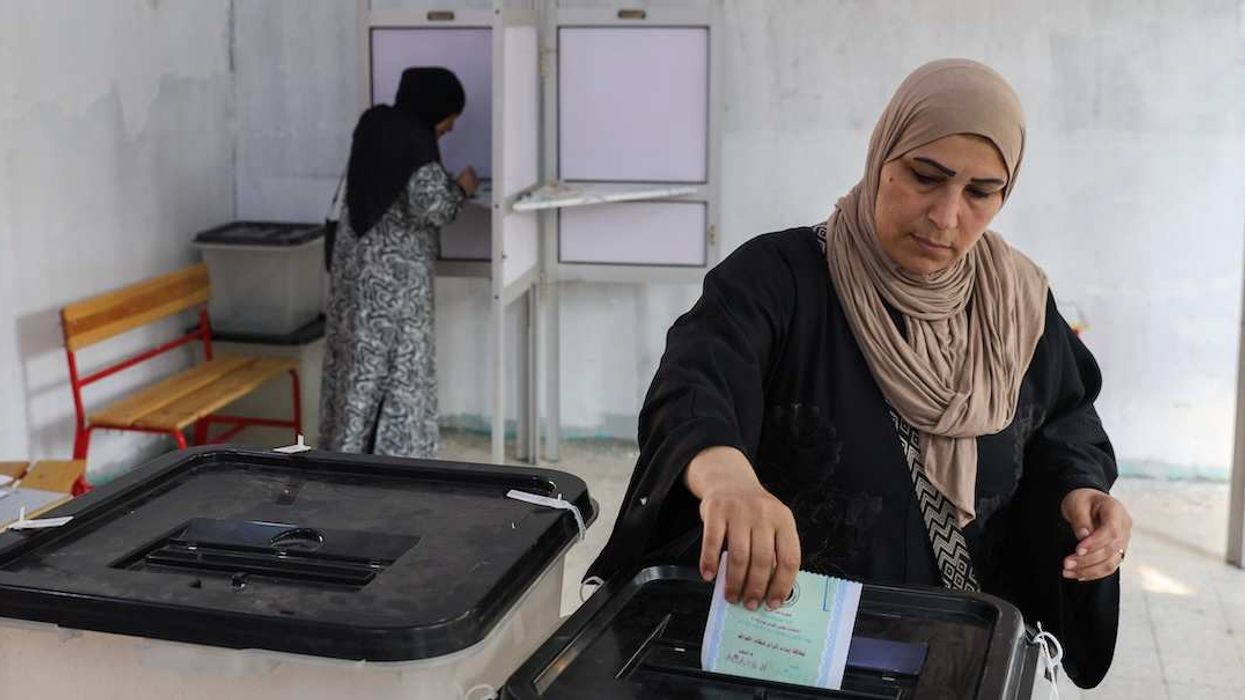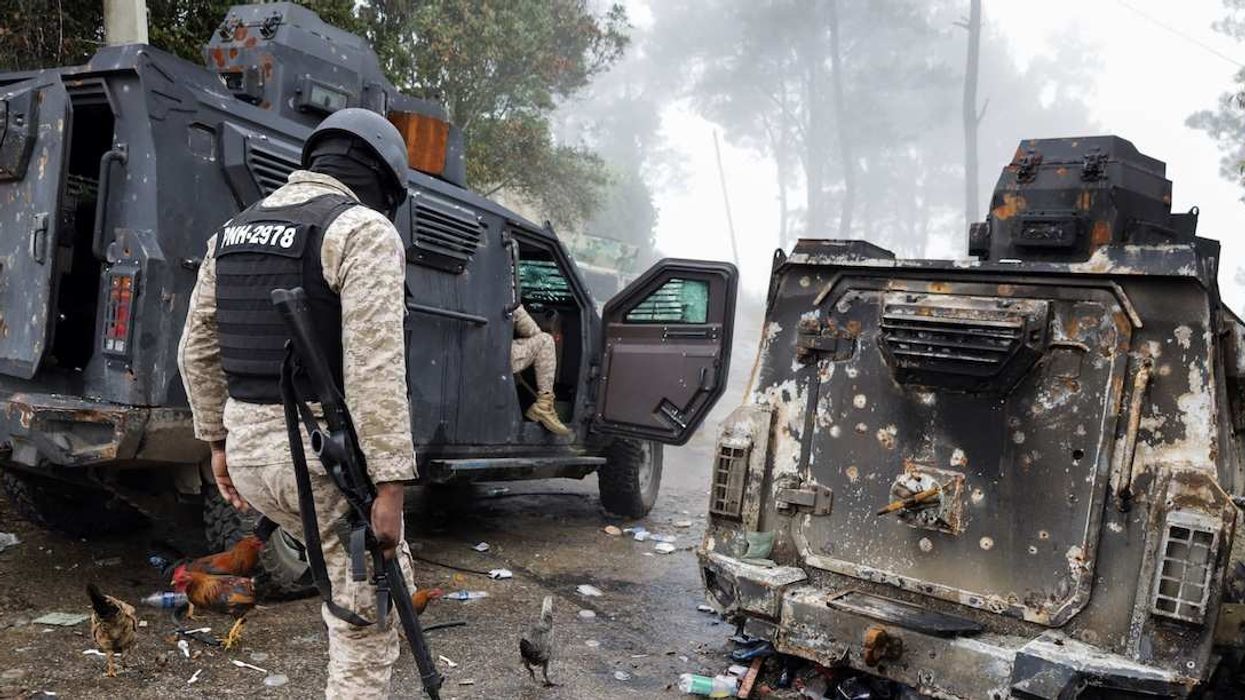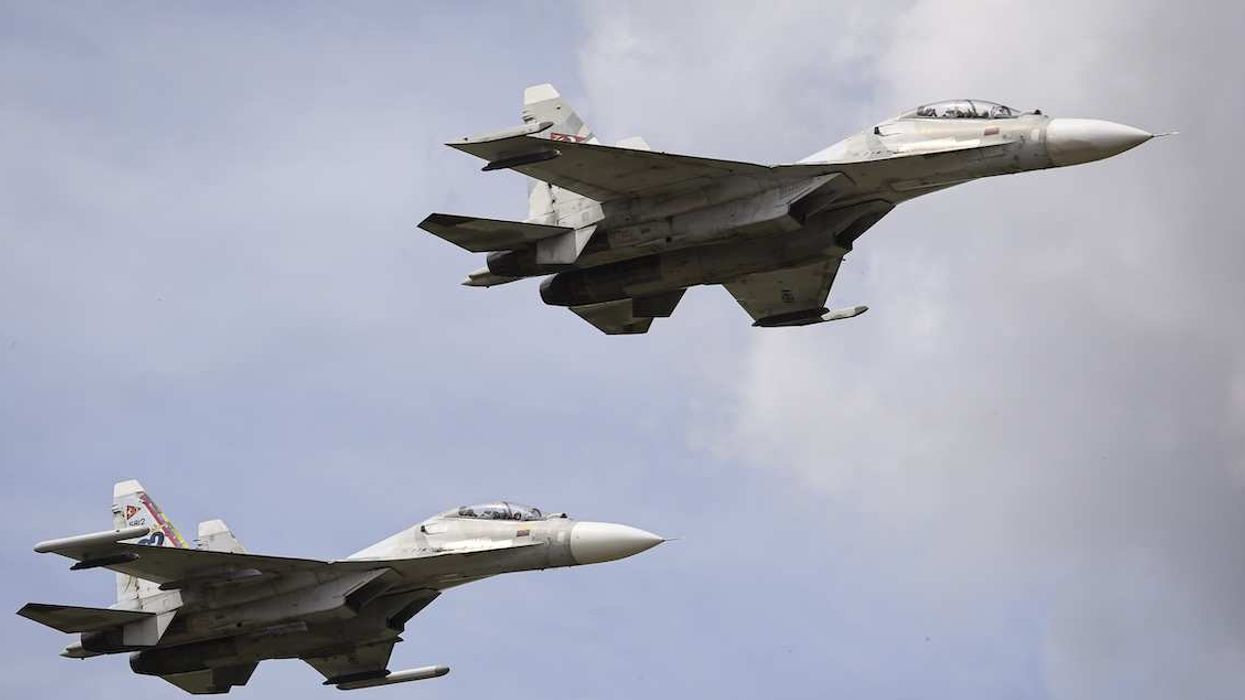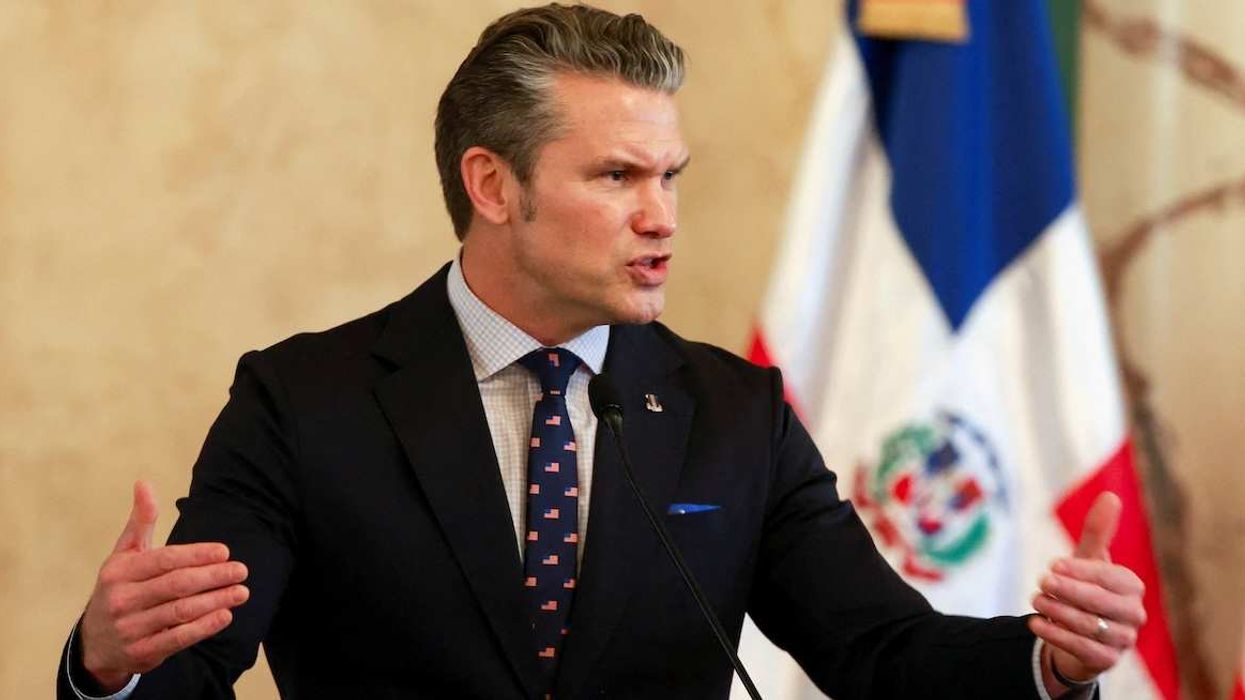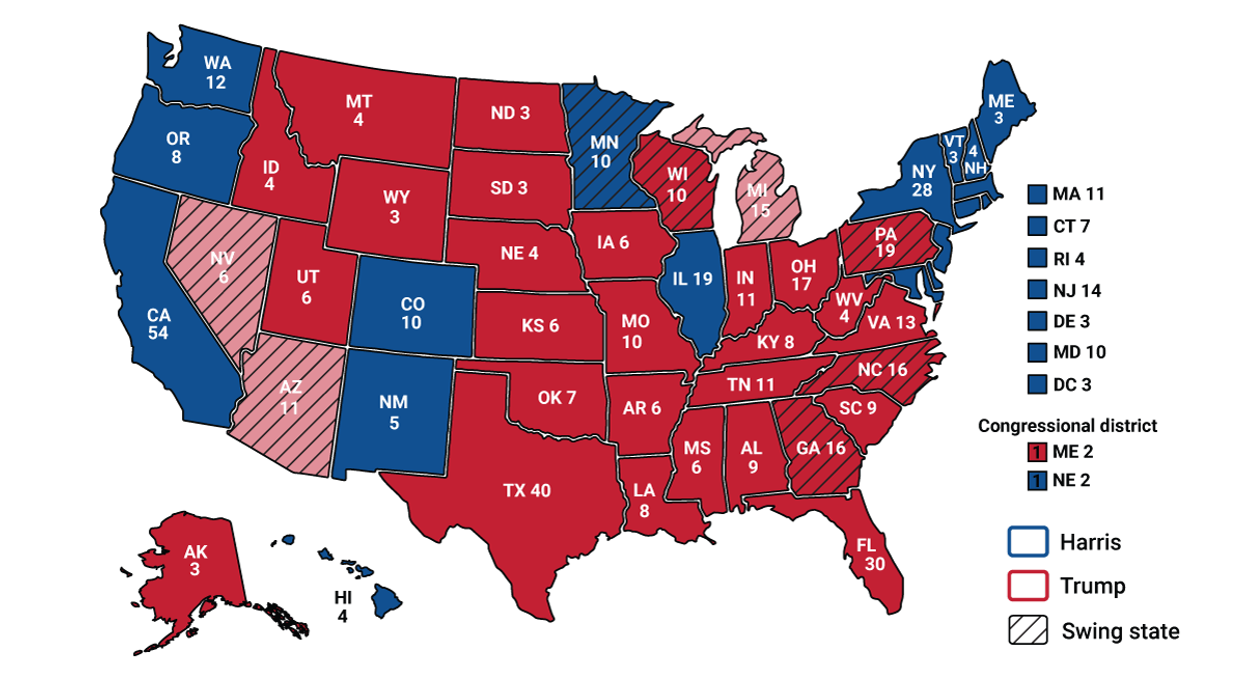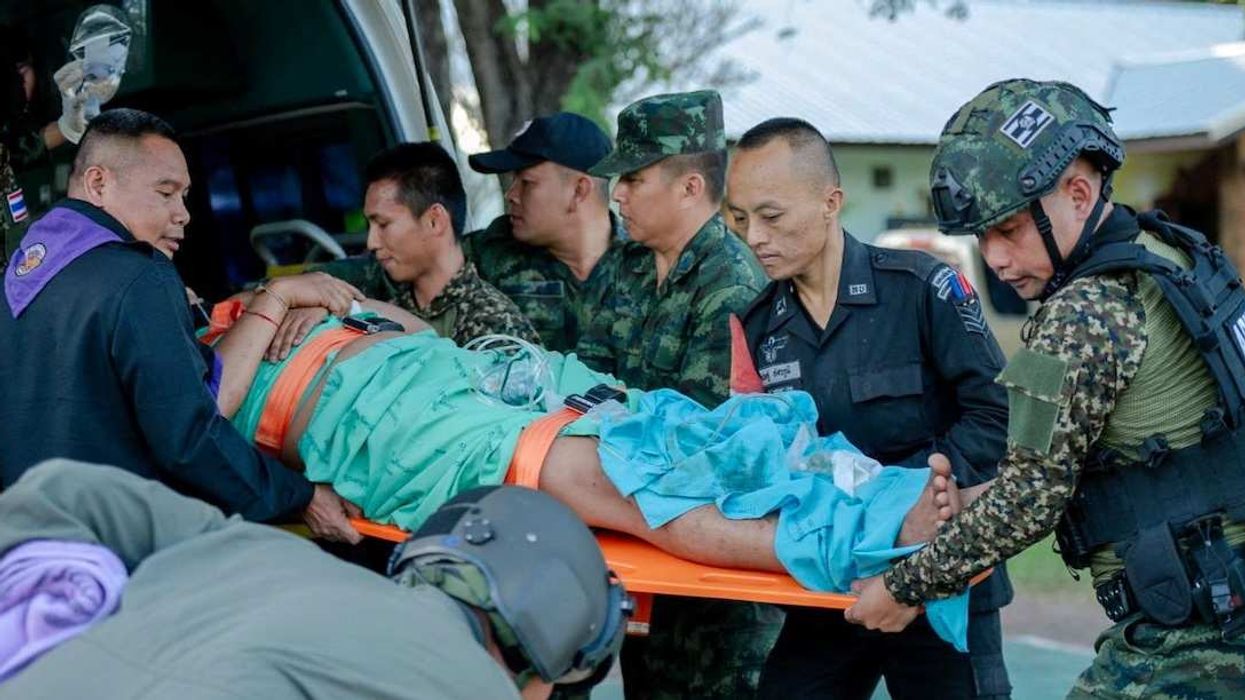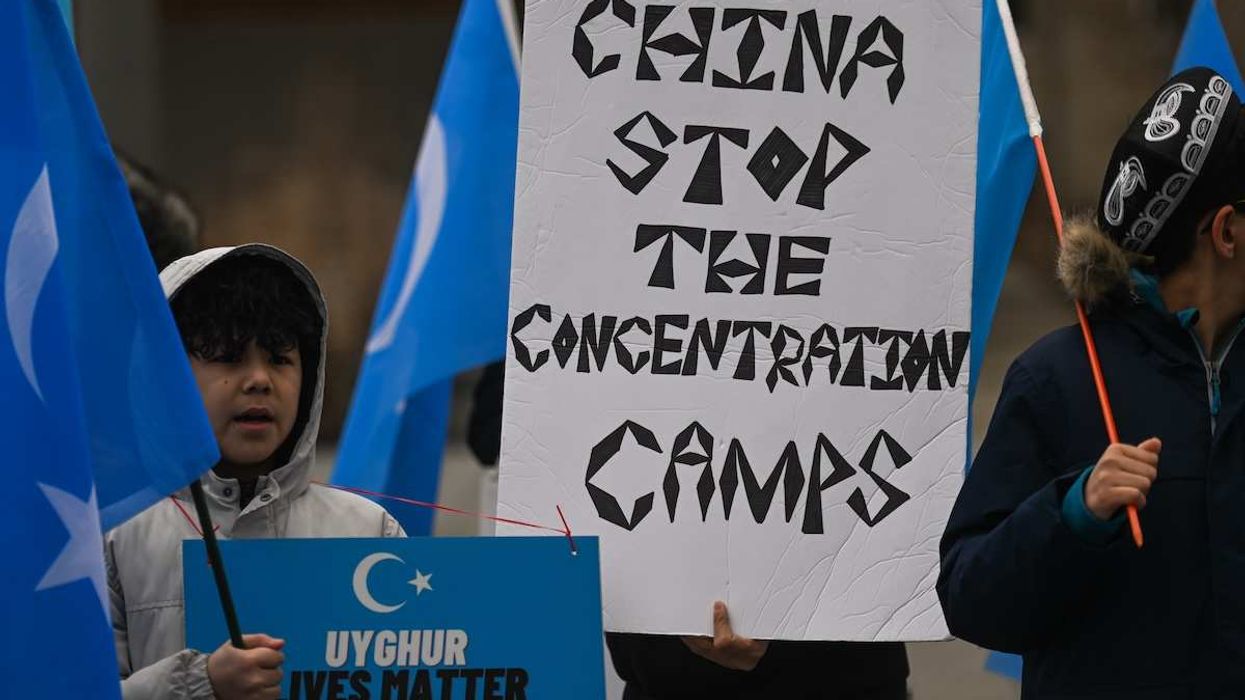Wednesday marks 31 years since Ukraine declared independence from the former Soviet Union. But it’s also the grim six-month anniversary of Russia bringing total war back to Europe with its invasion of Ukraine. The EU and US responded by vowing to apply maximum pressure on the Kremlin to get the Russian military to back down.
So far, the results have been mixed. What have both sides gained – and lost – since war erupted?
The view from Russia
Territory. Russia has made some significant territorial gains in eastern and southern Ukraine in recent months. In the Donbas region – Ukraine’s former industrial heartland, which Russian separatists have largely claimed since the 2014 annexation of Crimea – Russian troops now control the entire province of Luhansk and continue to make gains in neighboring Donetsk. Crucially, not only do these territories give Russia access to coal fields, but they also disrupt key transport routes for Ukraine via the Black Sea.
Meanwhile, in capturing the small southern city of Mariupol back in May, Russia has been able to create a land bridge from Crimea, which essentially gives Moscow access to Ukraine’s Black Sea coast, a crucial trade artery for agriculture, Ukraine's top export.
Economy. Reliance on Russian energy exports, particularly in Europe, has provided a windfall of oil and gas revenues for Russia over the past six months, particularly as the war sent global oil prices surging.
Still, the unprecedented scale of Western economic sanctions is hitting Russia’s economy hard. Russian imports are being pummeled because Brussels and Washington have sanctioned Russian firms, and foreign companies have fled en masse. This has driven up the cost of key commodities, further exacerbating inflation at home. Staples such as cooking oil, sugar, and medicine have become scarce, with European and American pharmaceutical companies limiting some exports to Russia.
Meanwhile, the import crunch has pummeled Russian industry, particularly car production, with manufacturers unable to get their hands on key parts. In the single month of May, for example, Russian car production slumped by 97%.
As a result, the Kremlin has taken steps to try and boost domestic manufacturing, but a surge in production takes time … and rubles that Russia is currently pumping into its war machine.
Morale. The war has taken a toll on Russian families and national morale. US officials estimate as many as 80,000 Russian casualties from the war. For now, however, President Vladimir Putin has succeeded in whipping the Russian constituency into a nationalist frenzy, and his approval rating jumped after the invasion and has remained solid. (Though polling from Russia needs to be taken with a healthy dose of skepticism.) Still, this sentiment could change if an additional 100,000 Russian troops come home in body bags by Christmas.
The view from Ukraine
Death and destruction. Formerly bustling Ukrainian cities have been reduced to rubble, and the numbers are staggering: At least 114,700 homes have been damaged or destroyed, along with hundreds of kindergartens (764) and medical facilities (123). Some 4.8 million jobs have been wiped out, while more than 8 million Ukrainians have been internally displaced and more than 5 million have fled to nearby countries.
Moreover, Ukraine’s defense ministry says that 9,000 Ukrainian soldiers have been killed, while the UN estimates that at least 5,587 civilians have died, and that’s likely an undercount.
This says nothing, of course, of non-quantifiable losses: women and kids leaving behind male family members; children missing school; loss of income; mental trauma; missed pets.
War of public opinion. Ukraine has won the battle for hearts and minds. Ukrainian flags now adorn national parliaments across the Western world, and anyone who is anyone has touched down in Kyiv over the past six months for a photo op with Ukraine’s man-of-the-people President Volodymyr Zelensky. Meanwhile, Zelensky and his wife, Olena Zelenska, have emerged as darlings of the West, landing a splashy Vogue cover shoot in recent months with the photographer to the stars, Annie Leibovitz.
Friends with some benefits. The perception that Russia is threatening not only Ukrainian security but democracy itself has pushed European leaders to welcome Ukraine as a rightful member of the broader European community.
As a result, Brussels agreed in June to give Kyiv EU member candidate status under a new accelerated process (though it could take years for Ukraine to implement the reforms needed to formally join the bloc).
What’s more, the EU and US have also given Ukraine sophisticated weaponry – including long-range precision missiles known as HIMARS – to repel Russian advances, along with specialized military training, which Ukraine could use to bolster its military capabilities going forward. So Kyiv gets some of the NATO toys before joining the alliance — and it has long wanted to be a member.
Moving forward. Ahead of winter, the Russians worry that slumping oil and gas prices may make a dent in their economic ability to wage war. For the Ukrainians, the big concern is whether the West will find high inflation and energy costs too big a price to continue supporting Kyiv, leaving the Ukrainians to fend for themselves in the bitter cold.
